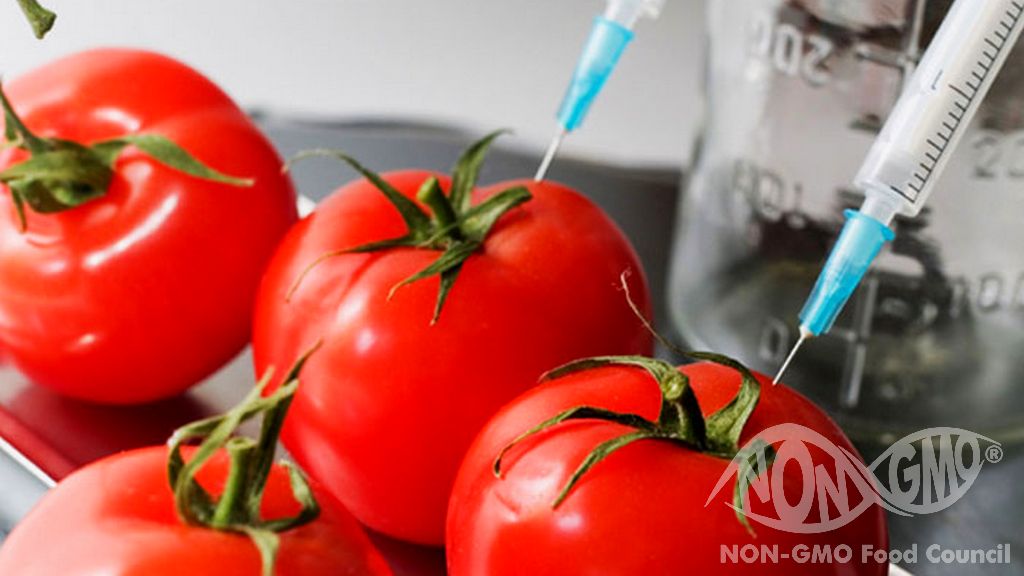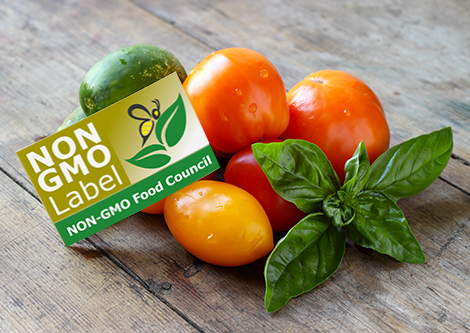Genetically modified organisms (GMOs) were introduced into the food chain more than 20 years ago. Today, the production of genetically modified food is mainly applied to plants and microorganisms involved in the relevant processes.

The cultivation, use and labeling of GMOs are regulated in most countries. However, these regulations are not universally consistent. For example, the USA has optional GMO labeling on food products, while the European Union (EU) has very strict regulations, including a mandatory labeling system for the authorization, cultivation and use of GMO products.
To establish appropriate analytical methods, it is important to know what distinguishes natural and GM variants of a species.
Most of the relevant GM crops on the market are transgenic organisms as they carry artificially introduced genetic material not found in natural gene pools. A construct of the gene(s) of interest is combined with a promoter and terminator to insert and activate the genetic material of interest.
Sometimes marker sequences are also designed and transformed into plant cells. Once introduced, they are functionally stabilized and integrated into the plant genome. The location or specific location of integration in the genome is relatively random. Functional clones must be selected and characterized before being placed on the market as seed products for agriculture.
If consumer acceptance of GMOs is low (eg in Europe), regulators place less emphasis on different types of GMO products. Therefore, the basic analytical approach will check for the overall presence of GMOs in a sample (also known as GMO Screening).
Next, it may be important to know which GMO event was found in a sample (identification), because this has legal implications. In some cases it is even necessary to determine the relative amount of GMOs in the sample (also called quantification).
The combination of the plant or host genome and the integrated construct enables different levels of specificity that can be used for detection in the following three ways:
Do not hesitate to contact our expert team for detailed information on GMO testing services and NON GMO certification or to apply for certification.
